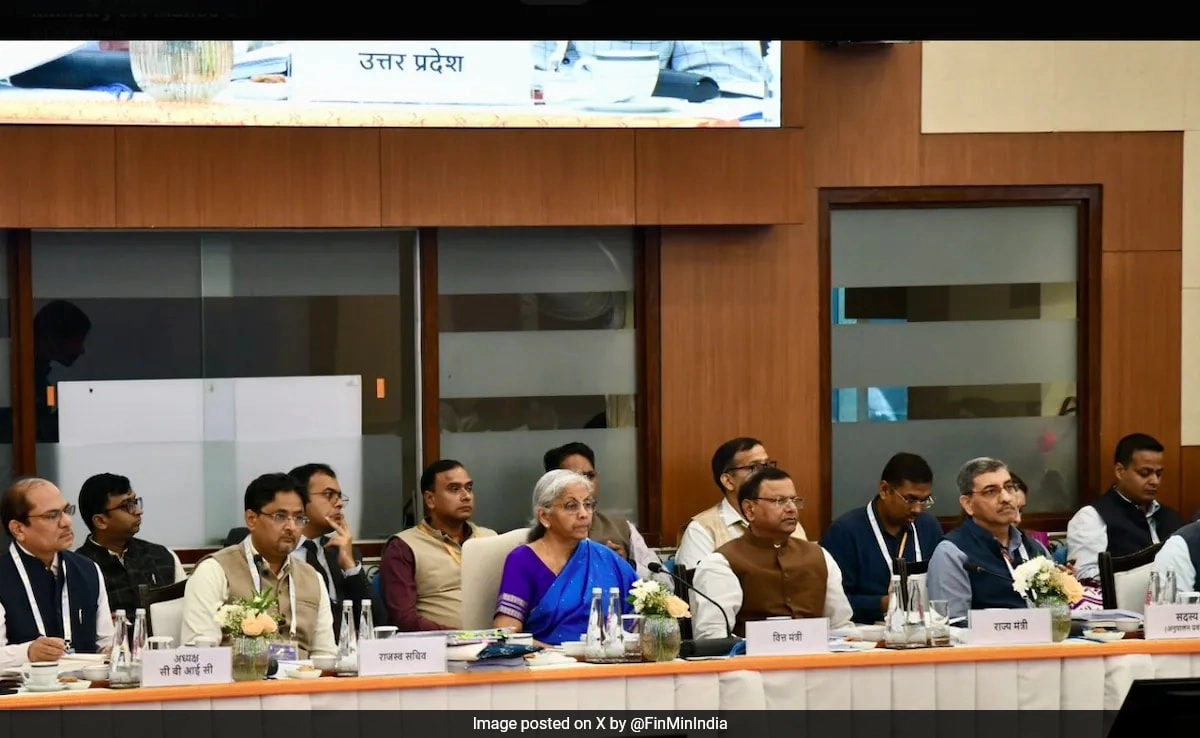The Indian government’s recent announcement regarding significant changes to the Goods and Services Tax (GST) marks a pivotal moment in the nation’s tax landscape. The proposed reform aims to streamline the current GST structure by reducing the number of slabs from multiple rates to just two: a lower rate of 5% and a higher rate of 18%. This move is anticipated to simplify the tax system, making it more efficient and easier for businesses and consumers alike to navigate. The government’s decision reflects a broader objective of enhancing compliance, reducing tax evasion, and fostering a more straightforward business environment.
One of the primary motivations behind this reform is to eliminate the complexities associated with the existing multi-slab system, which consists of rates ranging from 0% to 28%. By condensing these rates, the government aims to minimize confusion among taxpayers and encourage more individuals to engage with the tax system. A simplified GST structure is expected to reduce the compliance burden on businesses, particularly small and medium enterprises, which often struggle to keep up with the existing regulations and rates. Furthermore, the streamlined system could lead to increased revenue collection, as more individuals and businesses may be inclined to comply with a simpler tax regime.
The decision to retain only the 5% and 18% slabs indicates a strategic approach to balance the needs of various sectors. The 5% rate is likely to cover essential goods and services, ensuring that basic necessities remain affordable for the general population. Conversely, the 18% rate will apply to a broader range of goods and services, capturing the middle and upper segments of the market. This differentiation helps maintain a degree of equity in the tax system, ensuring that lower-income groups are not disproportionately burdened while still allowing the government to generate revenue from higher-value transactions.
As the government moves forward with this reform, it will be crucial to monitor the impact on economic growth and consumer behavior. The transition to a simplified GST structure may encourage increased spending and investment, as businesses and consumers navigate a more predictable tax environment. However, this reform will also require effective communication and implementation strategies to ensure that all stakeholders are adequately informed and prepared for the changes. Overall, this bold move toward a two-slab GST system could represent a significant step in the evolution of India’s tax framework, with the potential to drive greater economic efficiency and compliance in the years to come.




